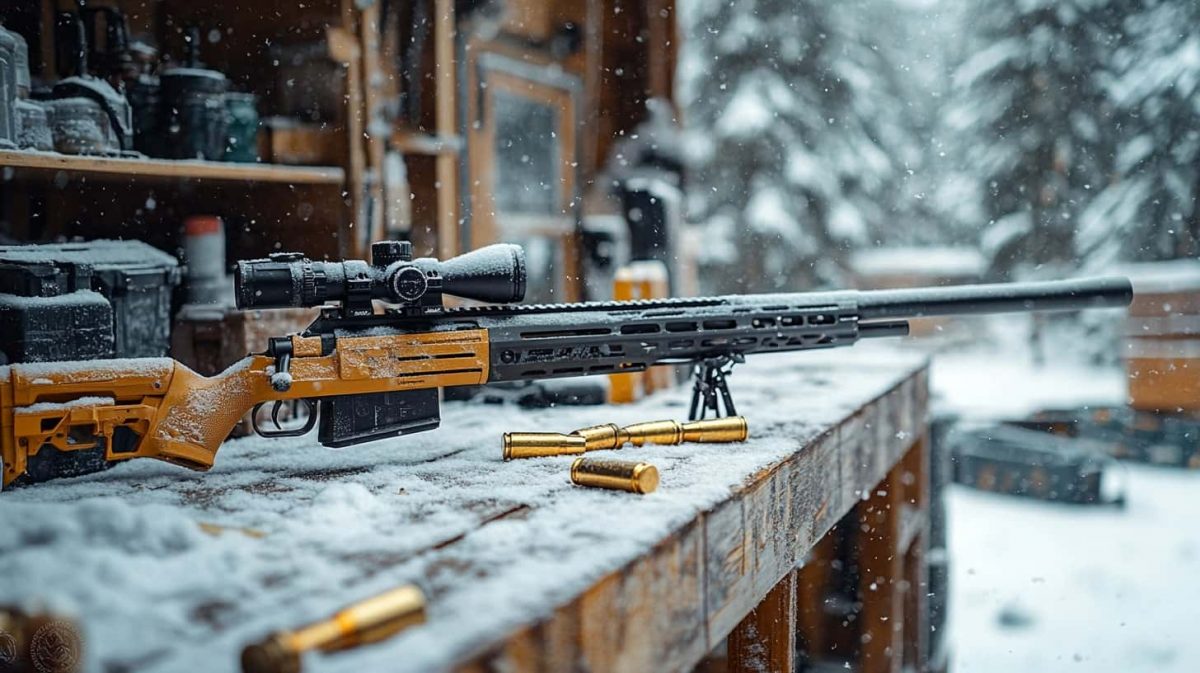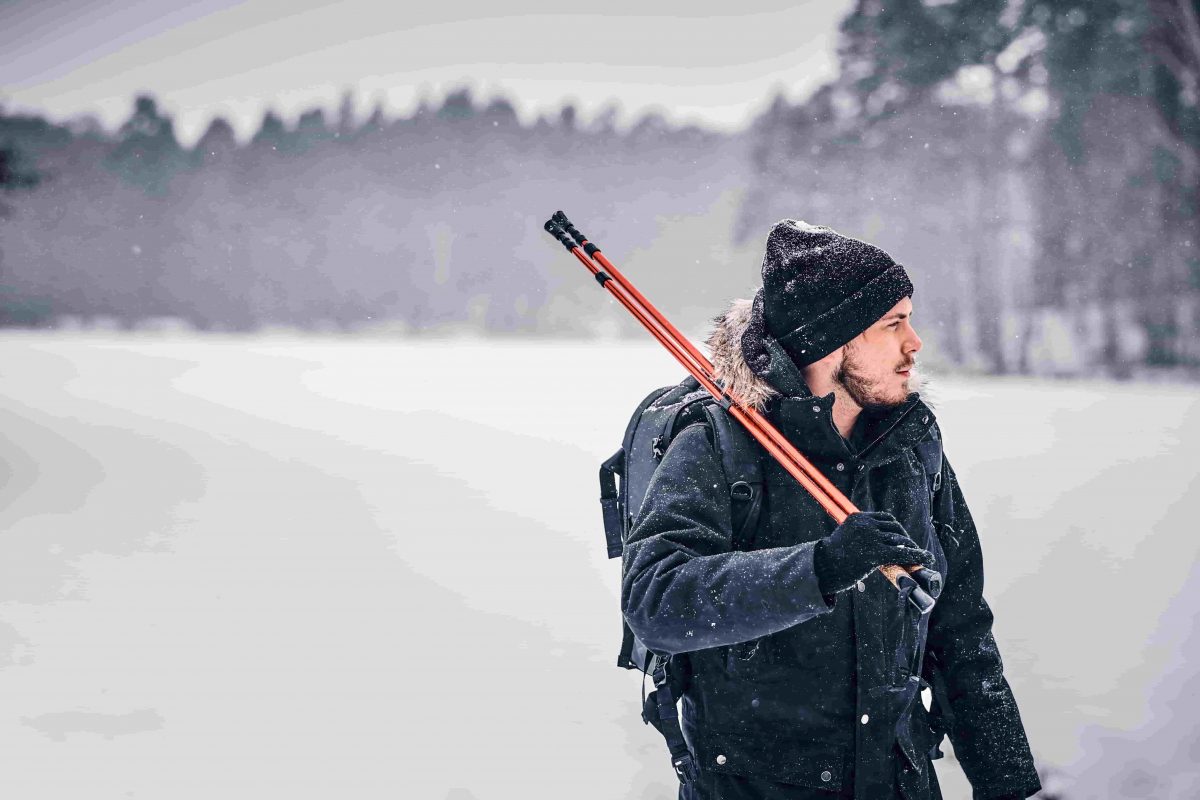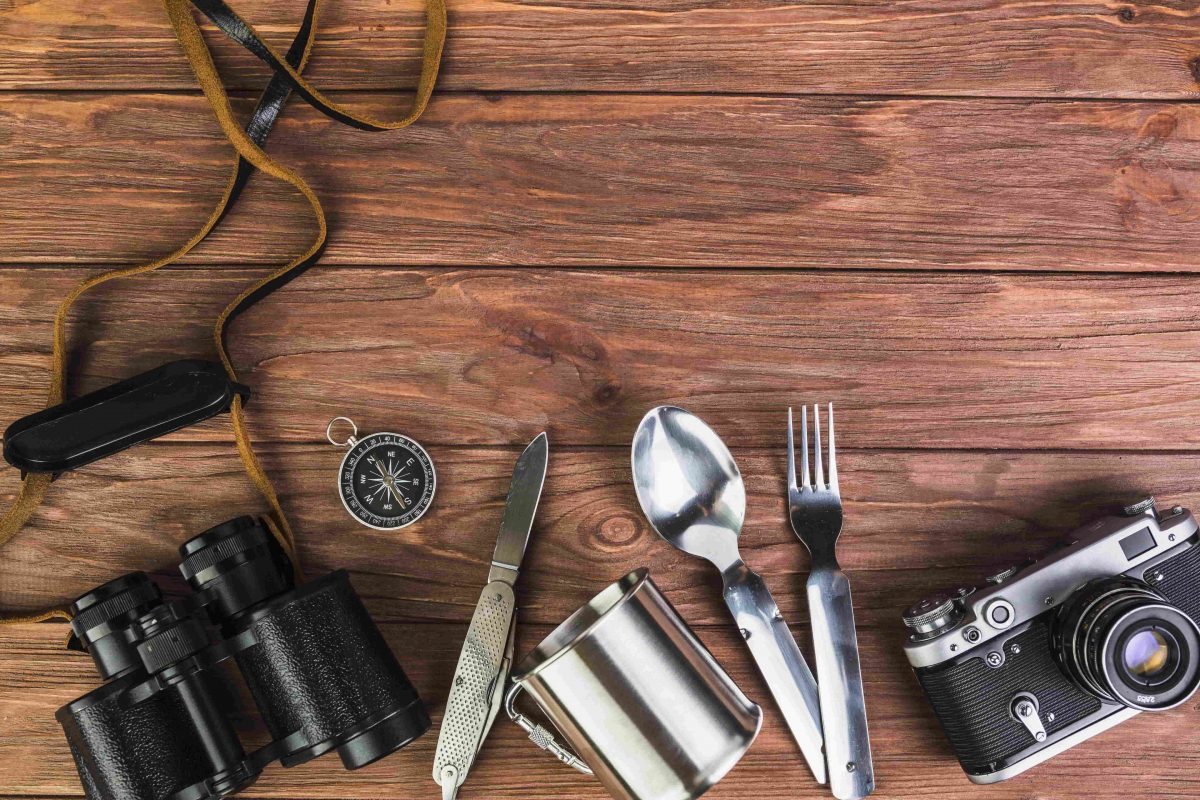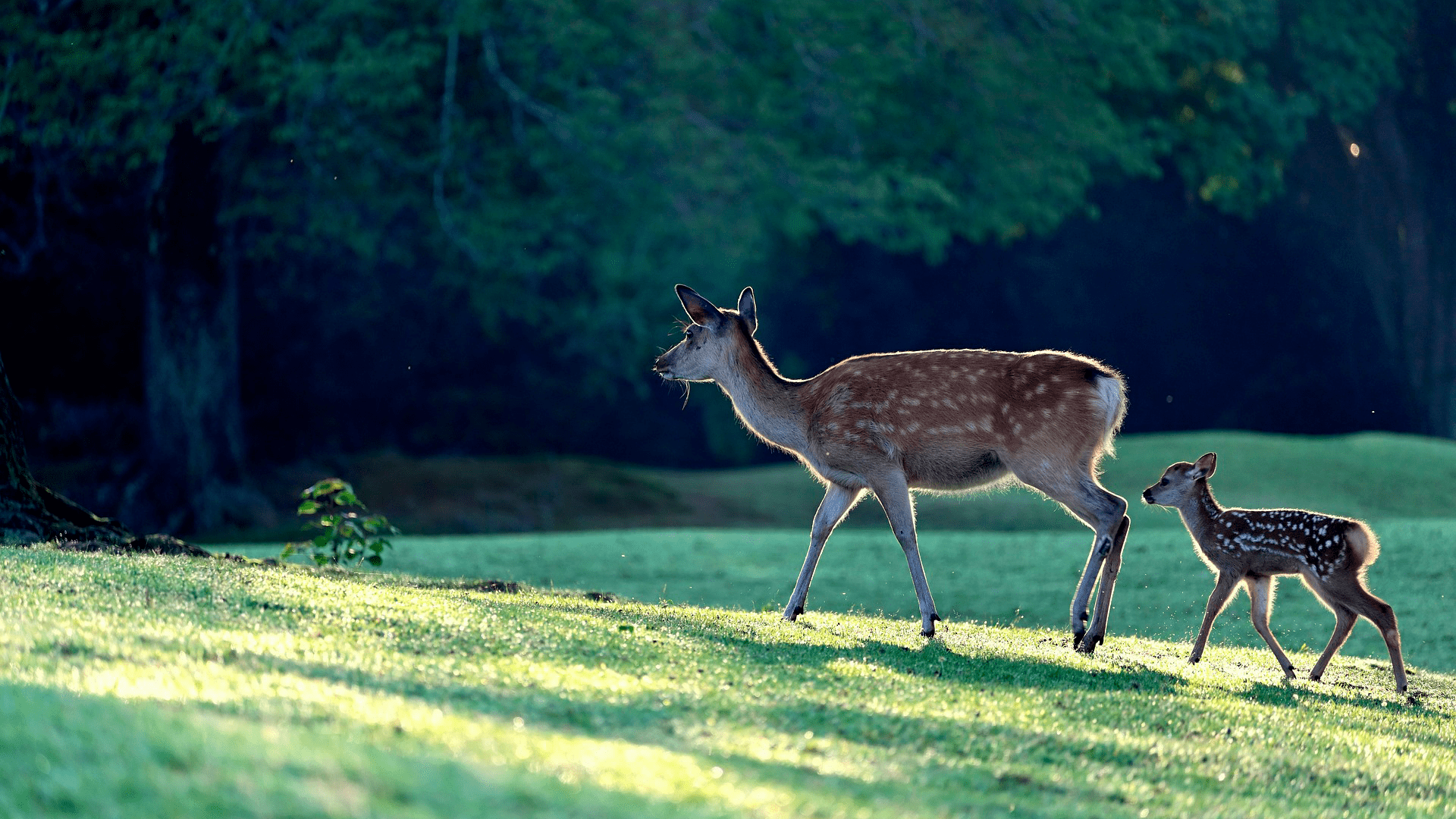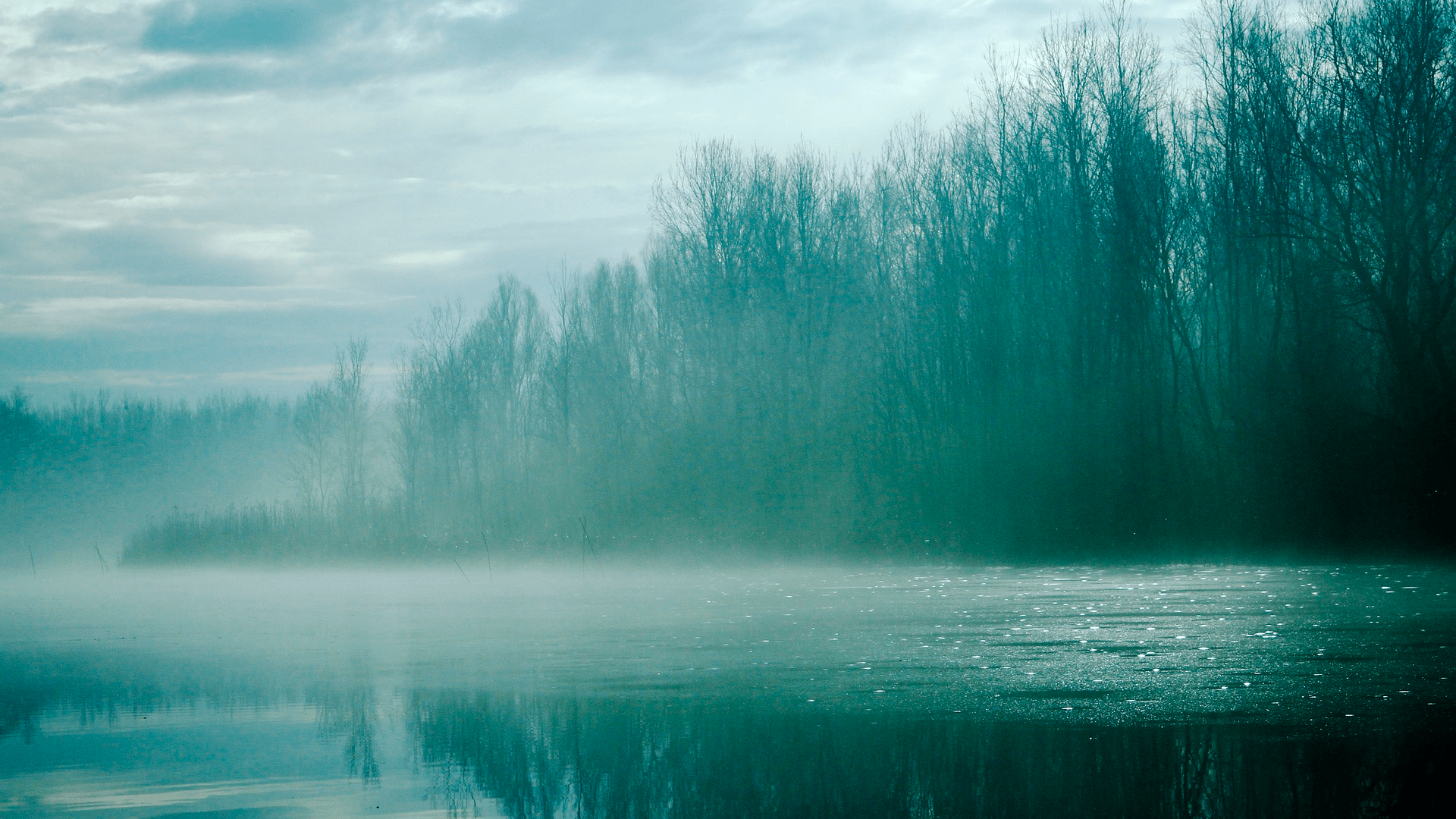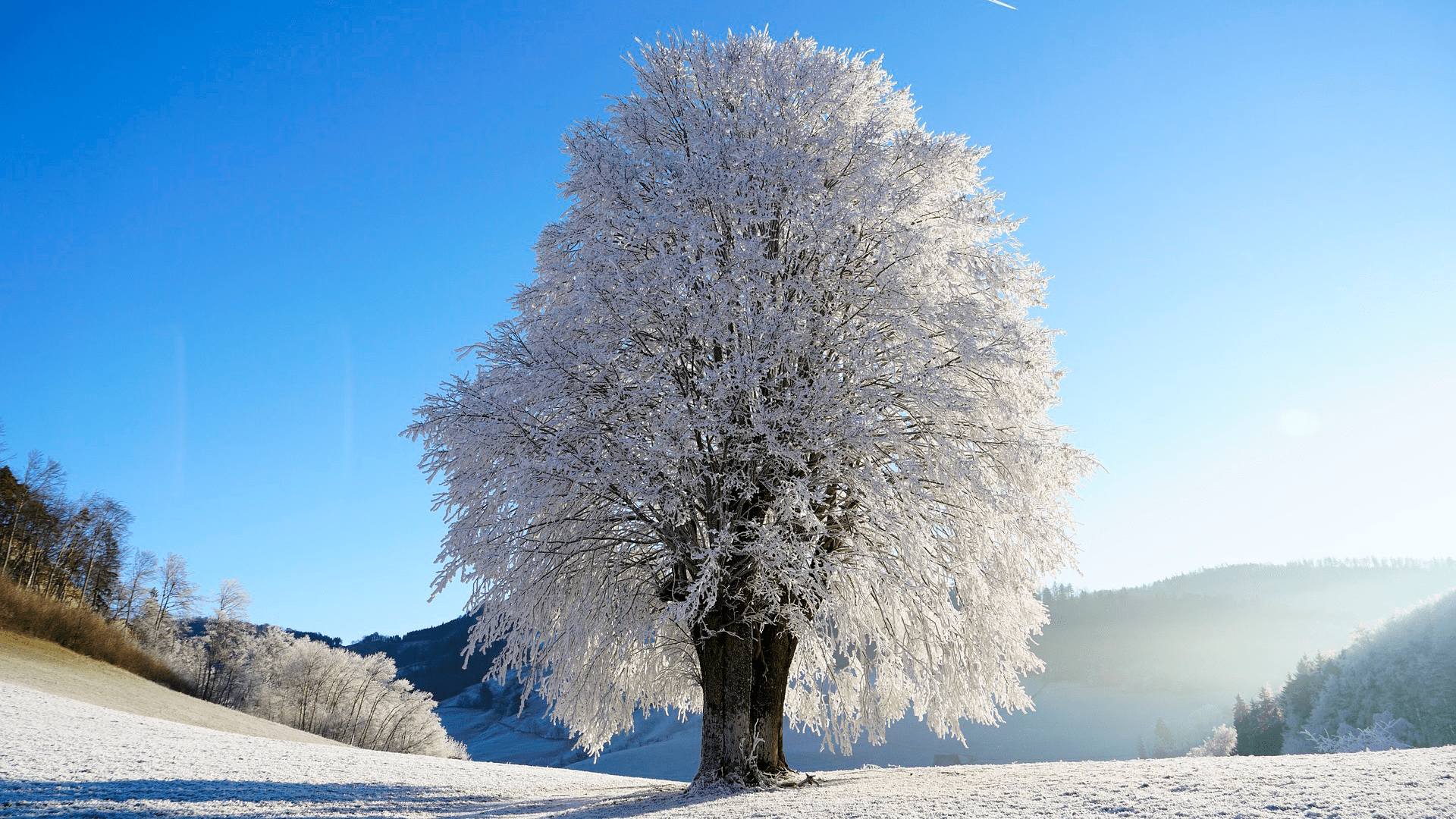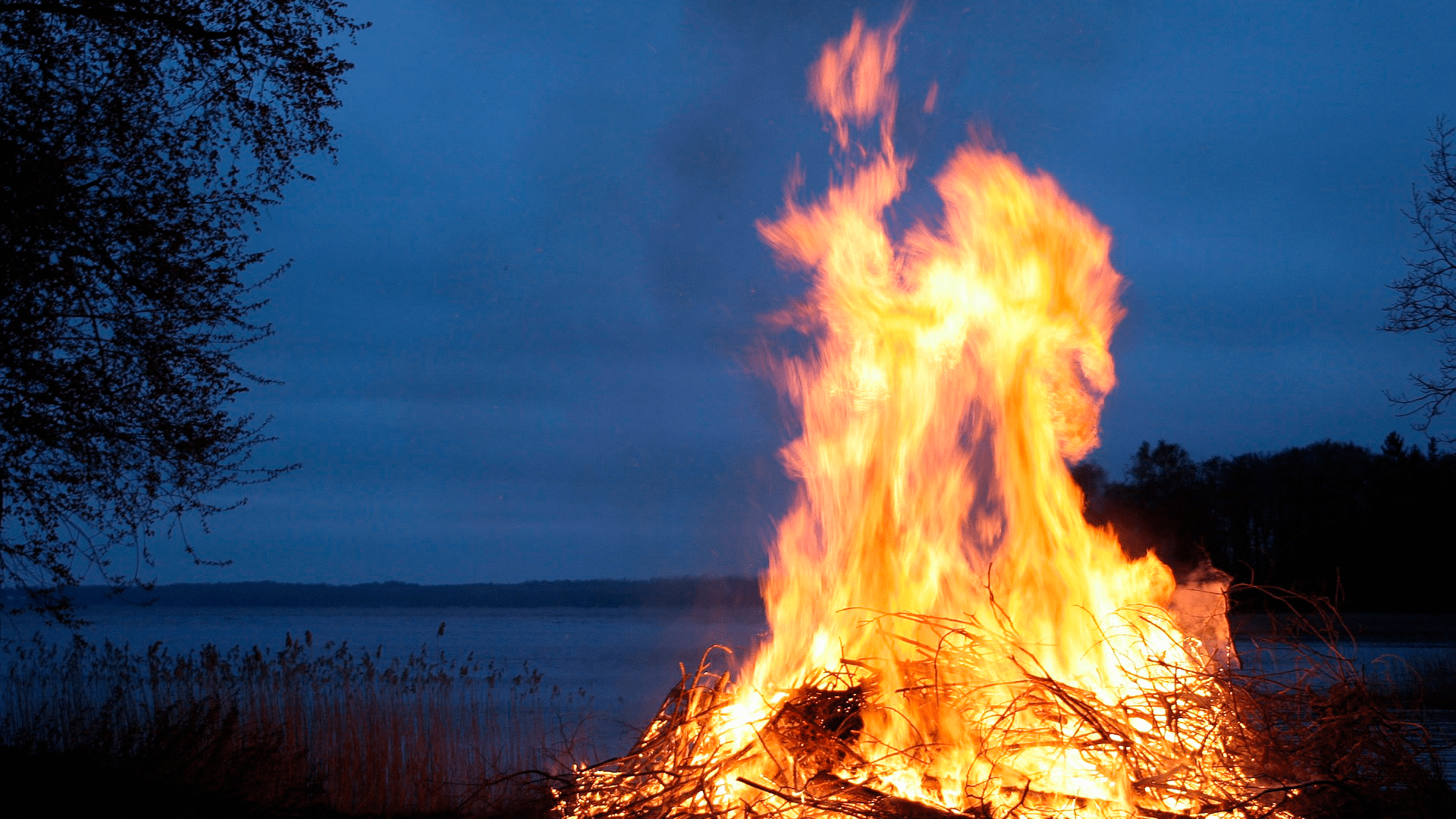Hunting in winter presents unique challenges, not only for the hunter but also for the firearm they rely on. Freezing temperatures, moisture, and snow can impact a gun’s performance, potentially leading to malfunctions when you need it most. Properly preparing and maintaining your firearm ensures reliability, accuracy, and safety throughout the season. In this guide, we’ll explore the key aspects of winter firearm care, from choosing the right lubrication to preventing condensation and maintaining your firearm after each hunt.
Understanding Cold-Weather Effects on Firearms
Firearms react differently in cold environments compared to warmer months. Lubricants can thicken, condensation can lead to rust, and some metal components can contract, affecting mechanical function. Additionally, cold fingers and gloves make handling a firearm more challenging, requiring modifications to grips and trigger operation.
By understanding these factors, hunters can make the necessary adjustments to keep their firearms in top condition throughout the winter season.
Choosing the Right Lubrication for Winter Conditions
One of the biggest issues in cold weather is the thickening of lubricants, which can cause sluggish operation, failure to cycle, or even jamming. Standard gun oils tend to become more viscous in freezing temperatures, making them less effective.
What to Use:
- Lightweight synthetic oils: These remain fluid in freezing conditions and provide consistent lubrication.
- Dry lubricants: Ideal for extremely cold environments where liquid lubricants may freeze or attract dirt and moisture.
What to Avoid:
- Thick greases or high-viscosity oils: These may work well in warmer climates but will harden in sub-zero temperatures.
- Over-lubrication: Excess oil can collect moisture and freeze, leading to potential firearm failures.
Before heading out, clean your firearm thoroughly and apply only a light coating of winter-grade lubricant to key moving parts such as the bolt, trigger assembly, and slide rails.
Preventing Moisture and Condensation
Moisture is one of the biggest enemies of firearms in winter, as it can quickly lead to rust, corrosion, and freezing of essential components. The key to preventing moisture damage is controlling temperature changes and managing condensation.
Best Practices to Avoid Condensation:
- Gradual temperature changes: When bringing your firearm indoors after a hunt, avoid exposing it immediately to warm indoor air. Instead, keep it in an unheated area like a garage for a few hours before moving it inside.
- Silica gel or moisture absorbers: Store them in your gun case or safe to minimize humidity buildup.
- Wipe down after exposure: Always dry your firearm after being in snow or wet conditions, paying close attention to barrel openings and action areas.
A gun sock or a lightly oiled cloth can help create a moisture-resistant barrier when storing your firearm overnight.
Maintaining the Barrel and Action in Freezing Weather
Snow, ice, and freezing rain can make their way into your barrel or action, leading to malfunctions. When hunting in winter conditions, you must take extra steps to ensure your firearm remains clear of obstructions.
Tips to Keep Your Barrel Clear:
- Use a barrel tape or muzzle cover: These simple tools prevent snow and ice from clogging your barrel while allowing a clean shot if needed.
- Check for ice buildup in the action: Periodically inspect your bolt or slide for frozen condensation that can hinder movement.
- Keep a bore snake or cleaning rod handy: If your barrel becomes blocked, having a tool to clear it quickly is essential.
Cold Weather Ammunition Considerations
Not all ammunition performs the same in freezing temperatures. Cold air can change ballistic performance, affecting velocity and accuracy, while moisture exposure can degrade primers and powder.
Best Practices for Winter Ammunition:
- Use high-quality, factory-sealed ammo: Premium ammunition is better sealed against moisture intrusion.
- Store ammo in insulated pouches: Keeping rounds in a chest pocket or insulated case helps maintain consistent temperatures.
- Cycle your rounds occasionally: If you spend extended periods outdoors, swap out rounds periodically to ensure primer reliability.
Gloves, Handling, and Firearm Ergonomics in the Cold
Wearing gloves is necessary in cold temperatures, but it also reduces dexterity and affects how you handle your firearm. Bulky gloves can make trigger control difficult, so adjustments may be needed.
Adjustments for Winter Shooting:
- Opt for shooting gloves: Thin but insulated gloves offer warmth without compromising trigger sensitivity.
- Modify trigger guards: Some firearms have oversized trigger guards designed for use with gloves—check if your firearm is compatible or consider an aftermarket modification.
- Use a sling for stability: A good sling allows you to keep your firearm secure while adjusting gloves or making gear changes.
Practicing handling your firearm with winter gloves before your hunt will help you react quickly when the moment arises.
Post-Hunt Firearm Maintenance
Winter conditions introduce salt, moisture, and grime that must be cleaned off immediately after a hunt. Neglecting maintenance can lead to corrosion, reduced accuracy, and mechanical failures.
Best Cleaning Routine After a Winter Hunt:
- Wipe down the entire firearm: Remove all visible moisture, paying close attention to the barrel, action, and scope mounts.
- Clean and dry the bore: Run a dry patch through the barrel followed by a lightly oiled patch to prevent rust.
- Inspect for ice buildup: Ensure no frozen moisture remains in crevices or internal components.
- Store in a controlled environment: Keep your firearm in a dry place with good ventilation to prevent rust formation.
By maintaining your firearm properly after each outing, you ensure it remains in top shape for your next hunt.
Conclusion
Winter hunting brings a unique set of challenges, and your firearm’s reliability depends on how well you prepare it for the cold. Using the right lubricants, preventing moisture damage, clearing snow from the barrel, and maintaining your firearm after each outing will keep it performing flawlessly. By understanding how cold weather affects firearms and making necessary adjustments, hunters can focus on their skills and enjoy a successful season in the field.
Whether you’re hunting in deep snow or enduring freezing rain, proper firearm maintenance ensures that your equipment works when you need it most. Stay prepared, stay safe, and enjoy your winter hunting adventures with confidence.

